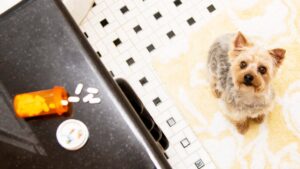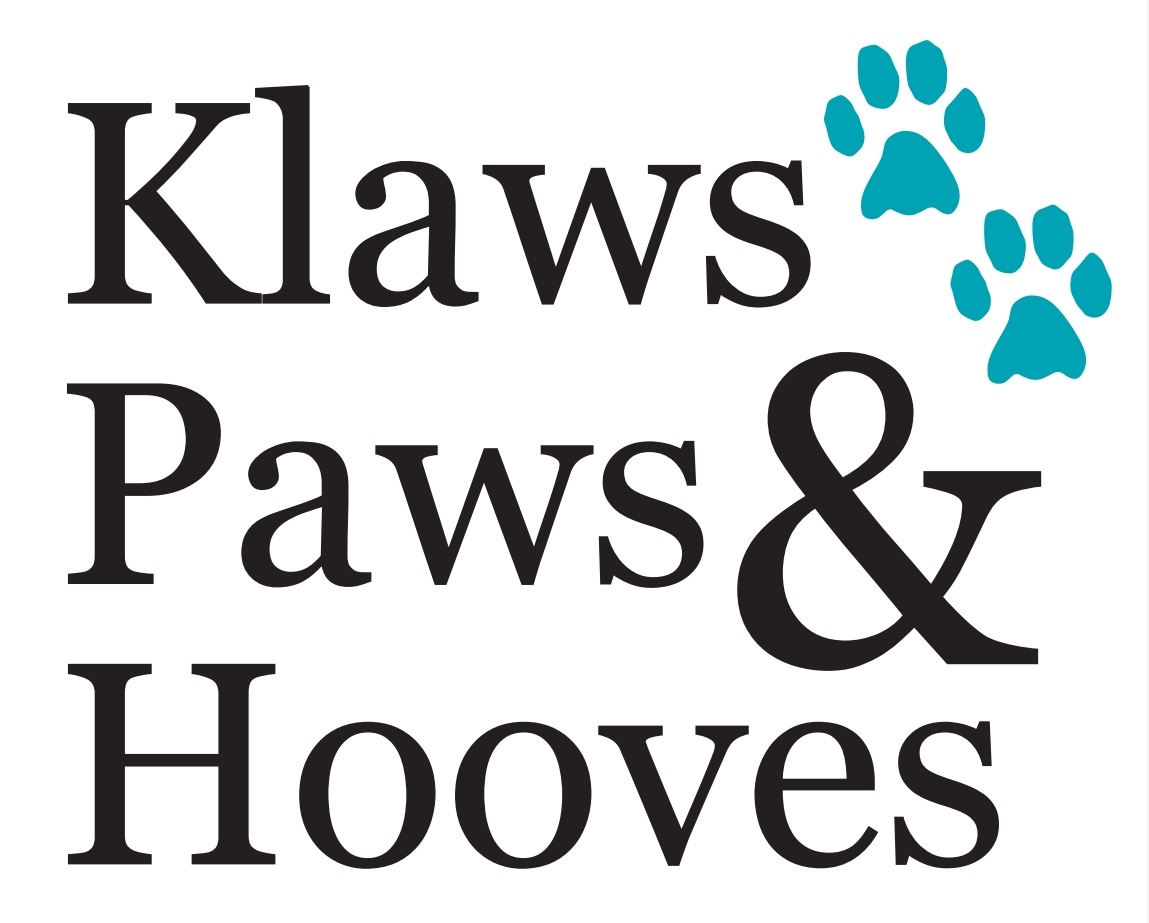
If you have a dog, then you know how much they love sticking things in their mouths. Dogs will try to eat just about anything they come across. Usually this causes only mild upset or discomfort.
Certain common household items can seriously harm your pup or even cause death. Here are six household items to keep away from Fido:
Antifreeze
You may not realise it, but antifreeze causes numerous pet deaths each year. Especially since jack donkeys like to put it out as poison for ‘pests.’ In addition to raccoons, possums, rodents, and other wild animals, this includes pet cats and dogs who roam and may get in trash bins.
Antifreeze has a sweet taste and often a bright colour like pink, making it equally appealing to small children.
Symptoms: depressed affect, nausea/vomiting, loss of coordination, fainting, weakness of the limbs, increased urination, diarrhea, rapid heartbeat (tachycardia), coma HIGHLY TOXIC
Household Chemicals
Inhalation of fumes or ingestion can cause toxicity in dogs, as in humans. These include:
- Bleach
- Paint and paint thinner
- Bathroom cleaners
- Glass cleaner
- Dishwasher detergents
- Shoe polish
- Furniture polish
- Oven cleaner
- Gasoline
- Kerosene
- Drain clog remover
- Laundry detergent
- Fabric softener
Symptoms: lethargy, coughing, nausea/ vomiting, low blood pressure, fainting, drooling, burns, paw or muzzle discoloration, agitation, weakness of the limbs, tremors, diarrhea, seizures, ulcers of mouth or paws, coma HIGHLY TOXIC
Tylenol
Unless otherwise directed by your vet, never assume people medicine is pup friendly. Not only are most human medicines not good for pets, but also downright deadly. It only takes two Tylenol to cause death in cats or small dogs.
Acute symptoms (within 4 hours of ingestion): nausea/vomiting, excessive panting or rapid breathing, tachycardia, drooling, loss of appetite, bluish or chocolate tinge to the gums or the whites of the eyes (sclera).
Liver damage symptoms, which can take up to a week to manifest: yellow tinge to the sclera, dark urine, chalky colored feces, enlarged belly, increased thirst HIGHLY TOXIC
Batteries
If punctured or chewed, then alkaline batteries leak acid that burns. Even if the dog swallows a battery whole, it may still result in a blockage of the intestines. Tiny, round batteries, such as watch batteries, can also get trapped in the throat and cause burns even if whole.
Symptoms: loss of appetite, burns in mouth, drooling, nausea/ vomiting, diarrhea, bad breath, evidence of abdominal discomfort, such as a hunched back, a gagging cough HIGHLY TOXIC
Mothballs
Mothballs contain a substance called camphor. If ingested, then it is highly toxic. Mothballs can also contain naphthalene. Both of these affect the central nervous system. Paradichlorobenzene is another toxin present in mothballs (and urinal cakes). It’s less dangerous than camphor or naphthalene and causes GI symptoms.
The House, MD episode ‘Detox.’ showcases the dangers of mothball toxins to people and pets, especially naphthalene.
Symptoms: agitation, seizures, anemia, methemoglobinemia (excess of a type of hemoglobin called methemoglobin), rapid breathing or panting, lethargy, depressed affect, gastrointestinal upset, diarrhea, muscle weakness MODERATE TO HIGHLY TOXIC
Mouthwash
Mouthwash contains several things dangerous to dogs, and each mouthwash also has different ingredients that can do so. Myriad possible mouthwash ingredients that can make your pupper sick, especially ethanol, xylitol, boric acid, and hydrogen peroxide
Ethanol symptoms: sluggishness, unconsciousness, incontinence, slowed heartbeat (bradycardia), heart attack, depressed affect or excitability, lowered core temperature (hypothermia), may result in death HIGHLY TOXIC
Hydrogen peroxide symptoms: vomiting/ nausea, gastrointestinal upset. MILDLY TOXIC
Xylitol symptoms: lethargy, nausea and vomiting, balance and coordination issues, jaundice of sclera. Can result in death. HIGHLY TOXIC
Boric acid symptoms: increased thirst, excessive salivation, nausea/ vomiting, high core temperature (hyperthermia), depressed affect, lost appetite, diarrhea, seizures, red/violet rash, possible damage to kidneys MODERATELY TOXIC
Final Woof on Household Dangers
To sum up, many household items can be deadly to dogs.Think of dog-proofing your house just as you would child-proof it. Dogs and cats can get into cabinets, pantries, and other places where toxic items may be stored, just like toddlers.
If you think your pup may have ingested something toxic, you need to get them to their vet or an emergency vet clinic, especially if symptoms are severe.
Local resource for those near the Bay Area, California- Sage Veterinary
